Elevate Your Greenery with Planters with Stands: A Comprehensive Guide
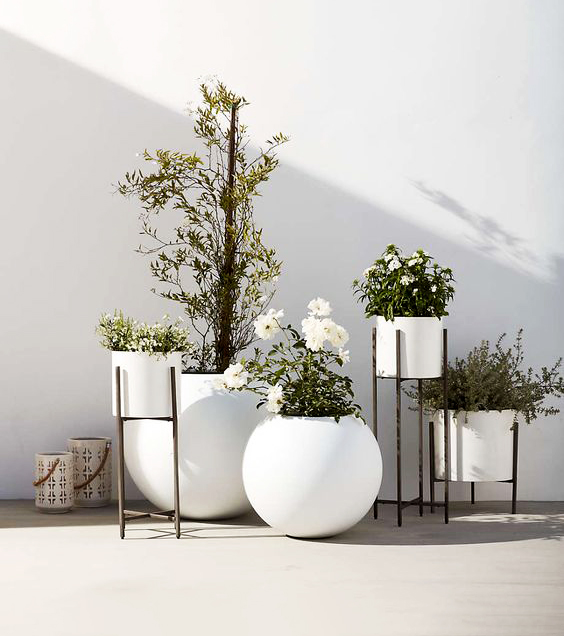
Summary: If you're looking for a stylish and functional way to showcase your greenery, planters with stands are an excellent choice. From indoor to outdoor settings, these versatile planters come in a variety of materials and styles to suit any décor. In this comprehensive guide, we'll cover everything you need to know about planters with stands, including their benefits, types, materials, styles, and tips on how to choose and use them in your home or garden. Whether you're a seasoned gardener or just starting, this guide will help you elevate your greenery and add a touch of elegance to your space.
Intro:
Planters with stands are available in a variety of materials, including metal, wood, and ceramic. They come in a range of sizes, shapes, and styles to suit different tastes and spaces. Whether you're looking for a minimalist, contemporary design or a more rustic and natural look, there's a planter with a stand that will meet your needs.
Choosing a planter with a stand, it's important to consider the size and shape of the planter, as well as the height of the stand. You'll also want to consider the material of both the planter and the stand, as well as the style and color. Some planters with stands also come with built-in drainage systems, which can be helpful for those who tend to overwater their plants.
Types of Planters and Stands Available, Including Materials and Styles
Planters and stands are an excellent way to bring life and beauty to any indoor or outdoor space. There are numerous types of planters and stands available, each with its unique features, styles, and materials. In this article, we will discuss the different types of planters and stands available to help you choose the best option for your needs.
-
Ceramic Planters: Ceramic planters are a popular choice for both indoor and outdoor spaces. They come in various shapes, sizes, and designs, making them an excellent option for those looking for something unique. Ceramic planters are sturdy and durable, making them ideal for long-term use.
-
Terracotta Planters: Terracotta planters are a classic and traditional option that can be found in many different sizes and styles. They are made from a type of clay that is fired at high temperatures, resulting in a hard and durable material. Terracotta planters are excellent for growing plants as they provide good drainage and air circulation.
-
Hanging Planters: Hanging planters are an excellent option for those with limited space. They can be hung from the ceiling or placed on a stand, making them a versatile choice for any space. Hanging planters come in many different styles and materials, including macrame, woven baskets, and metal frames.
-
Wood Planters: Wood planters are a popular choice for outdoor spaces as they provide a natural and rustic look. They come in many different types of wood, including cedar, teak, and redwood, each with its unique characteristics. Wood planters can be left natural or painted to match your decor.
-
Metal Planters: Metal planters are a modern and sleek option that can be used both indoors and outdoors. They come in many different types of metal, including stainless steel, copper, and aluminum. Metal planters are durable and sturdy, making them an excellent option for long-term use.
-
Planter Stands: Planter stands come in many different materials and styles, including wood, metal, and bamboo. They are designed to elevate your plants and provide a more elegant look to your space. Planter stands can be used with any type of planter, making them a versatile option.
-
Wall Planters: Wall planters are a great way to add greenery to any space without taking up valuable floor space. They can be hung on the wall and come in many different styles and materials, including metal, ceramic, and wood.
There are many different types of planters and stands available, each with its unique features and benefits. Whether you are looking for something traditional, modern, or a combination of both, there is a planter and stand combination that will work for your needs. When choosing a planter and stand, consider the materials, style, and functionality to ensure that you get the perfect fit for your space.
Popular plants to use in planters with stands for indoor and outdoor spaces:
Indoor and outdoor planters with stands are a great way to add some greenery to your living spaces. Choosing the right plant for your planter is just as important as selecting the right style and size of the planter itself. In this article, we will explore some of the most popular plants to use in planters with stands for indoor and outdoor spaces.
Indoor Plants:
-
Snake Plant: Also known as Mother-in-Law’s Tongue, the snake plant is a popular choice for indoor planters due to its ability to survive in low light and irregular watering. It features long, upright leaves that add a unique texture to any room.
-
Pothos: The pothos plant is a trailing vine that works well in hanging planters or tall planters with stands. It is also low maintenance and can thrive in a variety of lighting conditions.
-
Fiddle Leaf Fig: The fiddle leaf fig is a trendy plant that adds a touch of sophistication to any room. It features large, violin-shaped leaves that can grow up to 18 inches long. It prefers bright, indirect light and regular watering.
-
Spider Plant: The spider plant is another low maintenance option that works well in planters with stands. It produces long, thin leaves with small white flowers that eventually turn into baby spider plants.
-
Chinese Evergreen: The Chinese evergreen is a hardy plant that can survive in low to medium light and with infrequent watering. It features long, variegated leaves that add a pop of color to any room.
Outdoor Plants:
-
Geraniums: Geraniums are a classic outdoor plant that work well in planters with stands. They produce vibrant flowers in a variety of colors and require full sun to thrive.
-
Succulents: Succulents are a popular choice for outdoor planters due to their ability to store water in their leaves and survive in hot, dry conditions. They come in a variety of shapes and sizes, making them a versatile option for any planter.
-
Petunias: Petunias are another colorful option for outdoor planters. They produce trumpet-shaped flowers in a variety of colors and require full sun to thrive.
-
Boxwood: Boxwood is a popular choice for outdoor planters due to its ability to maintain its shape and size with regular pruning. It produces small, glossy leaves and can be shaped into topiaries or hedges.
-
Lavender: Lavender is a fragrant plant that produces vibrant purple flowers in the summer. It prefers full sun and well-draining soil.
Whether you prefer indoor or outdoor planters with stands, there are plenty of plant options to choose from. Consider the lighting conditions and maintenance requirements of each plant before making your selection. With the right plant and planter combination, you can add some life and color to any space.
How to choose the right size planter and stand for your space and plant needs
When it comes to incorporating plants into your indoor or outdoor space, choosing the right planter and stand is crucial. Not only do they add a decorative touch, but they also provide the necessary support for your plants to thrive. However, with so many sizes and styles to choose from, it can be overwhelming to decide which one is the best fit for your needs. In this article, we'll provide some helpful tips on how to choose the right size planter and stand for your space and plant needs.
-
Consider the size of your space: The first thing to consider when choosing a planter and stand is the size of your space. If you have a small apartment or balcony, you may want to opt for a smaller planter and stand that won't take up too much room. On the other hand, if you have a large outdoor area, you may want to choose a larger planter and stand to create a more dramatic effect.
-
Think about the size of your plants: Another important factor to consider is the size of your plants. Make sure to choose a planter and stand that can accommodate the root system and height of your plants. If your plants require a lot of room to grow, consider getting a larger planter and stand to give them the space they need.
-
Consider the weight of the planter and stand: Depending on the material and size of the planter and stand, they can be quite heavy. Before purchasing, make sure to consider the weight of the planter and stand and ensure that the floor or surface you plan to place it on can support the weight.
-
Choose the right style: Planter and stand come in a variety of styles, from sleek and modern to rustic and traditional. Choose a style that complements your existing decor and personal preferences.
-
Don't forget about drainage: Proper drainage is essential for healthy plants. Make sure to choose a planter and stand with drainage holes or consider adding them yourself.
-
Consider the material: Planter and stand can be made from a variety of materials, including metal, wood, and plastic. Each material has its own advantages and disadvantages, so consider which material is best for your needs.
Overall, choosing the right size planter and stand for your space and plant needs comes down to considering factors such as the size of your space and plants, the weight of the planter and stand, the style, drainage, and material. By taking these factors into consideration, you can select the perfect planter and stand to enhance your indoor or outdoor space and support the health of your plants.
Tips for styling and arranging planters with stands to create an appealing display
Planters with stands are a great way to add greenery and style to any space. They come in a variety of materials, shapes, and sizes, making it easy to find the perfect one to complement your decor. However, once you've chosen the perfect planter and stand, you may be wondering how to style and arrange them for the most appealing display. In this article, we'll provide some tips to help you create a beautiful and cohesive display with your planters and stands.
-
Choose the Right Plants: The first step in styling your planters with stands is to choose the right plants. Consider the lighting in your space and choose plants that will thrive in that environment. Additionally, consider the size of the planter and stand and choose plants that will fit well and not overwhelm the space.
-
Mix and Match: Mixing and matching different types of planters and stands can create a visually interesting display. Try pairing a tall, skinny planter with a shorter, wider one on the same stand. Or, choose stands in different heights and mix and match them with different styles of planters.
-
Play with Height: Varying the heights of your planters and stands can add visual interest to your display. Try placing a taller planter on a shorter stand and a shorter planter on a taller stand to create dimension.
-
Use Different Textures: Incorporating planters and stands with different textures can add depth and interest to your display. Consider using planters with a matte finish paired with stands with a shiny finish, or vice versa.
-
Add Layers: Adding layers to your display can create a more natural and visually appealing look. Consider adding a trailing plant to spill over the sides of the planter or placing a small planter on a tray to catch any excess water.
-
Consider Color: Choosing planters and stands in complementary colors can create a cohesive look. Consider using a color wheel to help you choose colors that work well together.
-
Group Your Planters: Grouping your planters with stands together can create a more impactful display. Try grouping similar planters together or arranging them in a way that creates a cohesive look.
By following these tips, you can create a beautiful and cohesive display with your planters and stands. Remember to choose plants that will thrive in your space, mix and match different types of planters and stands, play with height and texture, and consider color and grouping to create an appealing display. With a little creativity and some careful planning, your planters with stands can become a stunning focal point in any space.
Maintenance and care for planters and stands to ensure longevity and health of plants
Maintaining and caring for planters and stands is important to ensure the longevity and health of your plants. With proper care, you can keep your plants looking their best and ensure they continue to thrive. Here are some tips on how to maintain and care for your planters and stands.
Watering: One of the most important aspects of plant care is watering. Different plants have different water requirements, so make sure to research your plant's specific needs. Over-watering can lead to root rot and other issues, so be sure not to water too frequently.
Drainage: Good drainage is crucial for the health of your plants. Make sure your planters have drainage holes to allow excess water to escape. If your planter does not have drainage holes, you can add them yourself.
Soil: Choosing the right soil is important for the health of your plants. Different plants require different types of soil, so make sure to research your plant's specific needs. Additionally, you may need to refresh your soil periodically by adding nutrients and organic matter.
Cleaning: Regularly cleaning your planters and stands is important to prevent the buildup of mold and other harmful bacteria. Use a mild soap and water to clean your planters and stands, and be sure to rinse thoroughly.
Pest control: Keeping pests away from your plants is essential for their health. Regularly inspect your plants and their surroundings for signs of pests, and take appropriate measures to control them.
Sunlight: Providing your plants with adequate sunlight is crucial for their health. Make sure to research your plant's specific light requirements and place your planters and stands in the appropriate location.
Repotting: As your plants grow, they may outgrow their current planter. Repotting your plants into larger planters is important to ensure their continued health and growth.
By following these tips for maintaining and caring for your planters and stands, you can keep your plants looking their best and ensure they continue to thrive for years to come.
Indoor Planter with Stand vs Outdoor Planter with Stand:
When it comes to planters with stands, there are two main types to consider: indoor and outdoor. Both indoor and outdoor planters with stands have their own unique features and benefits, as well as some differences that should be taken into consideration when deciding which type is best for your space.
Indoor Planters with Stands: Indoor planters with stands are designed to be used inside the home, typically for smaller plants or herb gardens. They come in a variety of styles and sizes to fit any decor and can be made from materials such as wood, metal, or ceramic. Indoor planters with stands can also be used to create a statement piece, adding a touch of greenery to a room while also serving as a decorative element.
Pros:
- Ideal for small plants or herb gardens
- Wide range of styles and sizes available to fit any decor
- Can be used as a decorative element
- Helps improve indoor air quality
- Allows for easy maintenance and watering of plants
Cons:
- Limited to indoor use only
- May require additional lighting for plants to thrive
- Can take up valuable floor space in smaller rooms
Outdoor Planters with Stands: Outdoor planters with stands are designed for use outside, such as on a patio or balcony. They are typically larger than indoor planters and can be made from materials such as wood, metal, or plastic. Outdoor planters with stands can be used to add a pop of color to an outdoor space or to create a garden area in a small outdoor area.
Pros:
- Ideal for larger plants or garden areas
- Can add a pop of color to an outdoor space
- Can be used to create a garden area in a small outdoor space
- Can be used to add privacy to an outdoor area
Cons:
- Limited to outdoor use only
- May require additional weatherproofing to withstand outdoor elements
- Can be heavy and difficult to move
Whether you choose an indoor planter with stand or an outdoor planter with stand depends on your specific needs and preferences. Indoor planters with stands are ideal for small plants or herb gardens, while outdoor planters with stands are ideal for larger plants or garden areas. Ultimately, the right choice will depend on the amount of space you have available, the types of plants you want to grow, and your personal style preferences.
Add Elegance and Functionality to Your Space with a Large Planter with Stand
A large planter with a stand can make a beautiful and eye-catching addition to any indoor or outdoor space. These planters provide a sturdy and decorative base for displaying plants, flowers, and other greenery, while adding a touch of style and elegance to the area.
When choosing a large planter with a stand, there are several things to consider. First and foremost, you want to make sure that the planter and stand are made of high-quality materials that can withstand the elements if you plan to use it outdoors. Some popular materials for outdoor planters include metal, wood, and fiberglass, while ceramic and terracotta are common for indoor use.
The size of the planter is also important, as it will dictate what kind of plants can be grown in it. A larger planter will be able to accommodate bigger plants, which can make a dramatic impact in any space. However, it's important to keep in mind that a large planter with a stand will take up more floor space, so be sure to measure the area before making your purchase.
In terms of style, there are many different options to choose from. Traditional designs feature classic shapes and patterns, while modern designs may be more minimalist and sleek. Rustic and vintage styles can add a touch of charm and character to any space, while more ornate designs can make a bold statement.
When it comes to maintaining and caring for your large planter with a stand, there are a few things to keep in mind. It's important to choose plants that are suited for the amount of light and water that your space provides. Regular watering and occasional fertilization will help keep your plants healthy and vibrant. It's also important to periodically clean the planter and stand to prevent buildup of dirt and debris.
Overall, a large planter with a stand can add a stunning and unique touch to any space, whether indoor or outdoor. With a wide variety of materials, sizes, and styles available, there's sure to be an option that fits your personal taste and needs. Just be sure to consider the size, material, and style carefully before making your purchase, and always take good care of your plants to ensure their longevity and health.
Related Post
Subscribe to our weekly newsletter!
Get coupons from your favorite retailers sent to your inbox at the beginning of every week.
You can cancel anytime.


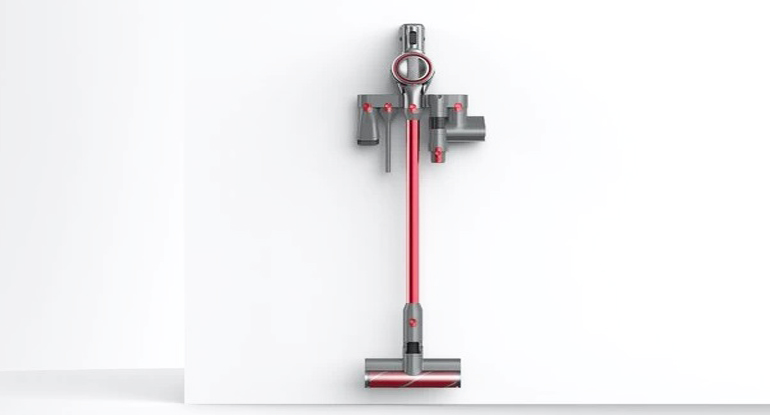


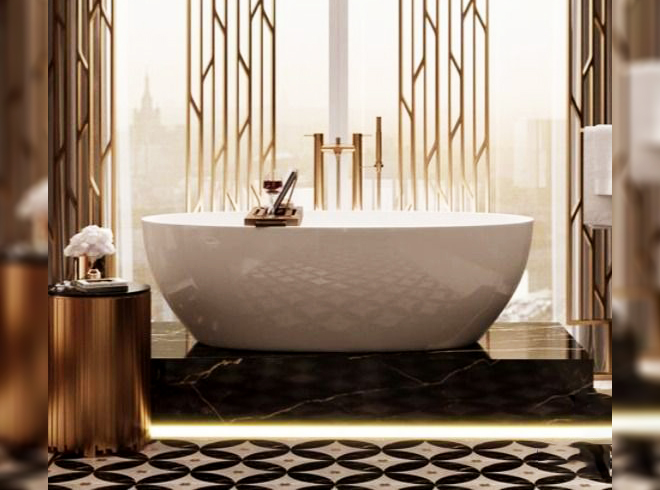
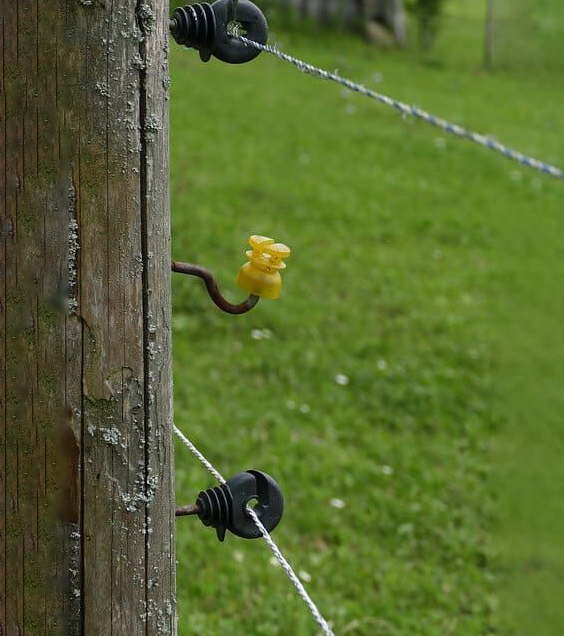
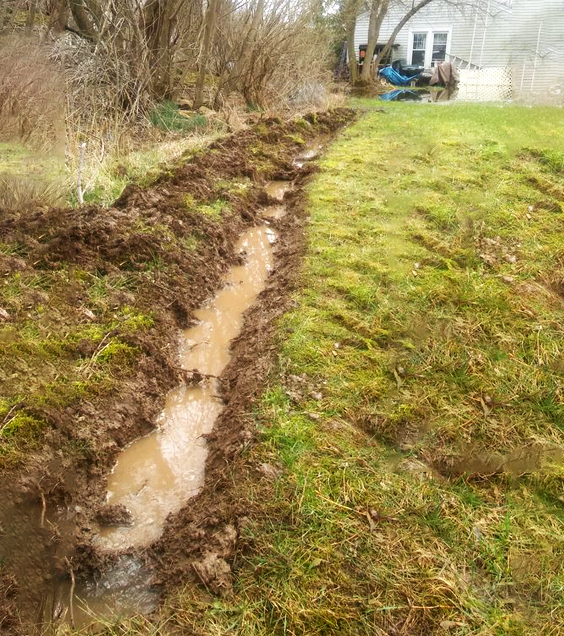
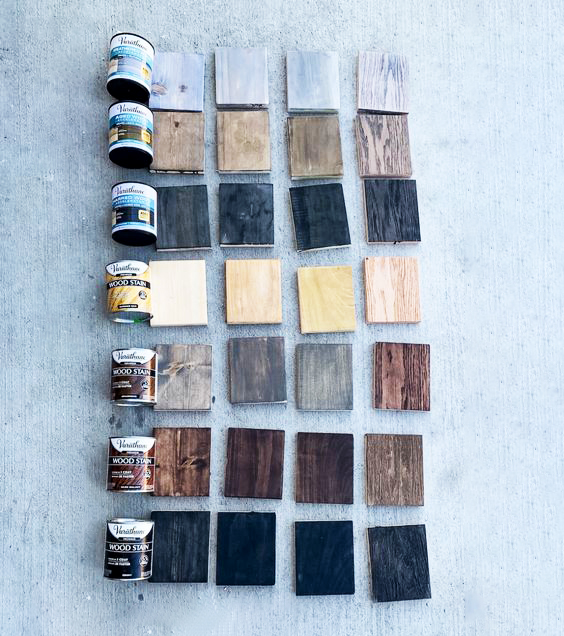
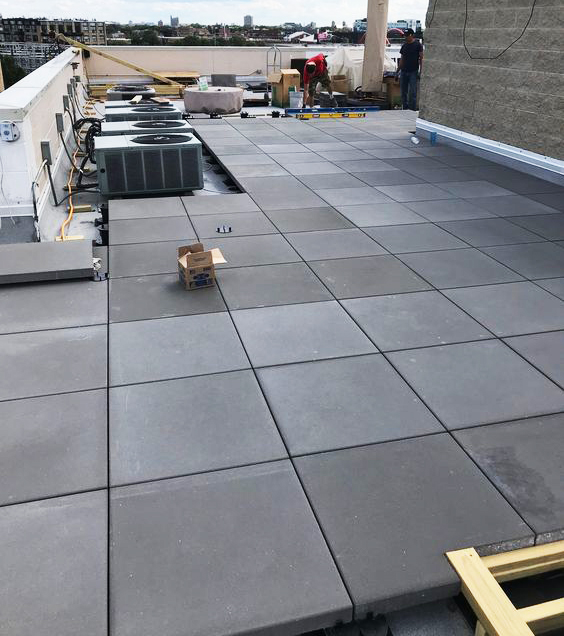
Comment
leave comment